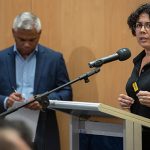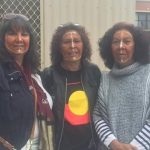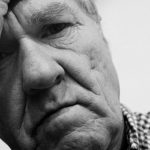First Nations Youth Suicide: Our Nation’s Shame
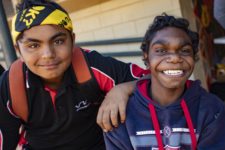
This year has seen the First Nations suicide crisis in this country not only continue its dramatic escalation, but the lack of adequate response only worsens as the rates rise, and it also remains relatively unacknowledged.
Over the first third of the year, 56 Aboriginal and Torres Strait Islander people have taken their own lives. And of these, 14 – or 25 percent – were youths under the age of 18. Two of them were girls of only 12 years old.
Indeed, five First Nations girls under the age of 15 took their own lives over the nine day period ending on 11 January. And in early March, four Indigenous youths ended their lives in Queensland during a 40 hour period.
In the 1980s, suicides amongst the First Nations communities of this continent were almost non-existent. But, today, intentional self-harm is the fifth leading cause of death amongst Aboriginal and Torres Strait Islander peoples.
A crisis on the margins
“This should be the most pressing issue of our times,” said suicide prevention advocate and researcher Gerry Georgatos. Instead, he explained the government response has been “piecemeal”, though he does recognise that “every drop” of funding that’s forthcoming counts.
Georgatos told Sydney Criminal Lawyers that he stepped down as coordinator of the National Indigenous Critical Response Service last Friday, explaining that over the last couple of years, the majority Aboriginal organisation supported more than 300 suicide-affected First Nations families.
And after working at the coalface for many years, Georgatos stresses that the link between suicide and extreme poverty. Of the 56 suicides this year, he explains, 51 of these people lived in public housing, three were homeless, and the last two lived within the proximity of the poverty line.
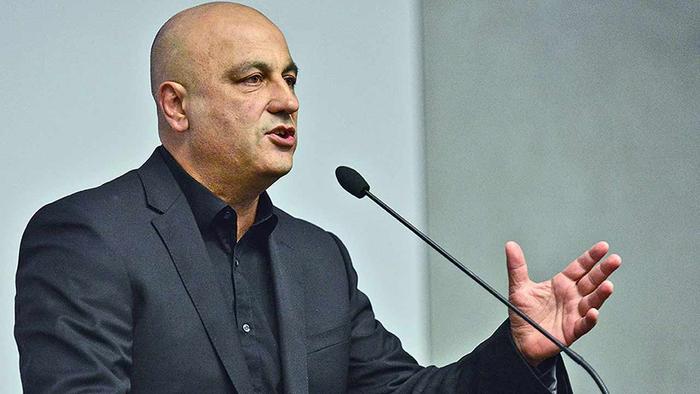
Underlying the tragedies
The suicide rate amongst First Nations communities is over two and a half times that of the rate amongst non-Indigenous people. Self-harm accounted for 5.5 percent of Indigenous deaths in 2017, compared with 2 percent of deaths within the rest of the population.
And turning to poverty rates, while 40 percent of Aboriginal and Torres Strait Islander people live below the poverty line, only 14 percent of the rest of the population do. “That’s two and a half times,” Georgatos pointed out. “It’s an absolute explanation as to why we have this disparity.”
“That’s the raw data,” he continued. “It’s compellingly loud and clear about the narratives that make certain aberrance much more pronounced”, so that those living under the poverty line are much more likely to take their own lives than those living above it.
Navigating disparities
Mr Georgatos explains that the intergenerational trauma resulting from the ravages of the colonisation program, the systemic racism inherent in the system, along with a lack any meaningful attempt from government to close the gap all weighs heavily on the Indigenous suicide rate.
However, he made clear that the overwhelming majority of First Nations people who do actually take their own lives are from the 40 percent of the Aboriginal and Torres Strait Islander community living below the poverty line, and also, the 20 percent who live within its proximity.
According to Georgatos, the 40 percent living relatively affluent lives are for the most part safe. “Intergenerational trauma still affects identity above the poverty line and those living in relative affluence,” he continued, “but they’re able to navigate that because of protective factors.”
Key to successfully dealing with some of these disparities is education, he asserts. The “widening of the cognitive self”, as he puts it, enables the individual to “gain the agency that allows them to address a lot of the wrongs that impact negatively upon those living below the poverty line”.
And while First Nations youths from lower socioeconomic backgrounds are graduating amongst the highest achievers, those living in remote areas aren’t afforded those opportunities, while, as Georgatos points out, about seven out of ten living in public housing don’t complete high school.
“The lucky country”
Almost 50 percent of all youths that take their own lives under the age of 17 are First Nations, while these children only make up 5 percent of the overall youth population of this country. And for kids under 14 the figures are starker: 80 percent of those children who suicide are Indigenous.
However, many First Nations youths who don’t attempt their lives, face a very bleak future. “The gaols are full of four and six time repeat offenders: people who have spent 15 to 18 years in prison and they’re in their thirties,” Georgatos went on. “Tragically, adult prison has been their lot.”
More grim figures show that amongst non-Indigenous inmates, 86 percent haven’t completed high school, while it’s practically 100 percent amongst Indigenous prisoners. “One in six First Nations people living today have been to prison,” Georgatos added. “That’s 120,000 people.”
The unfathomable truth is the rate of Aboriginal and Torres Strait Islander people being locked up in this country makes them the most incarcerated people on the globe. Whilst they make up 28 percent of the adult prisoner population, they only account for 2.8 percent of the general populace.
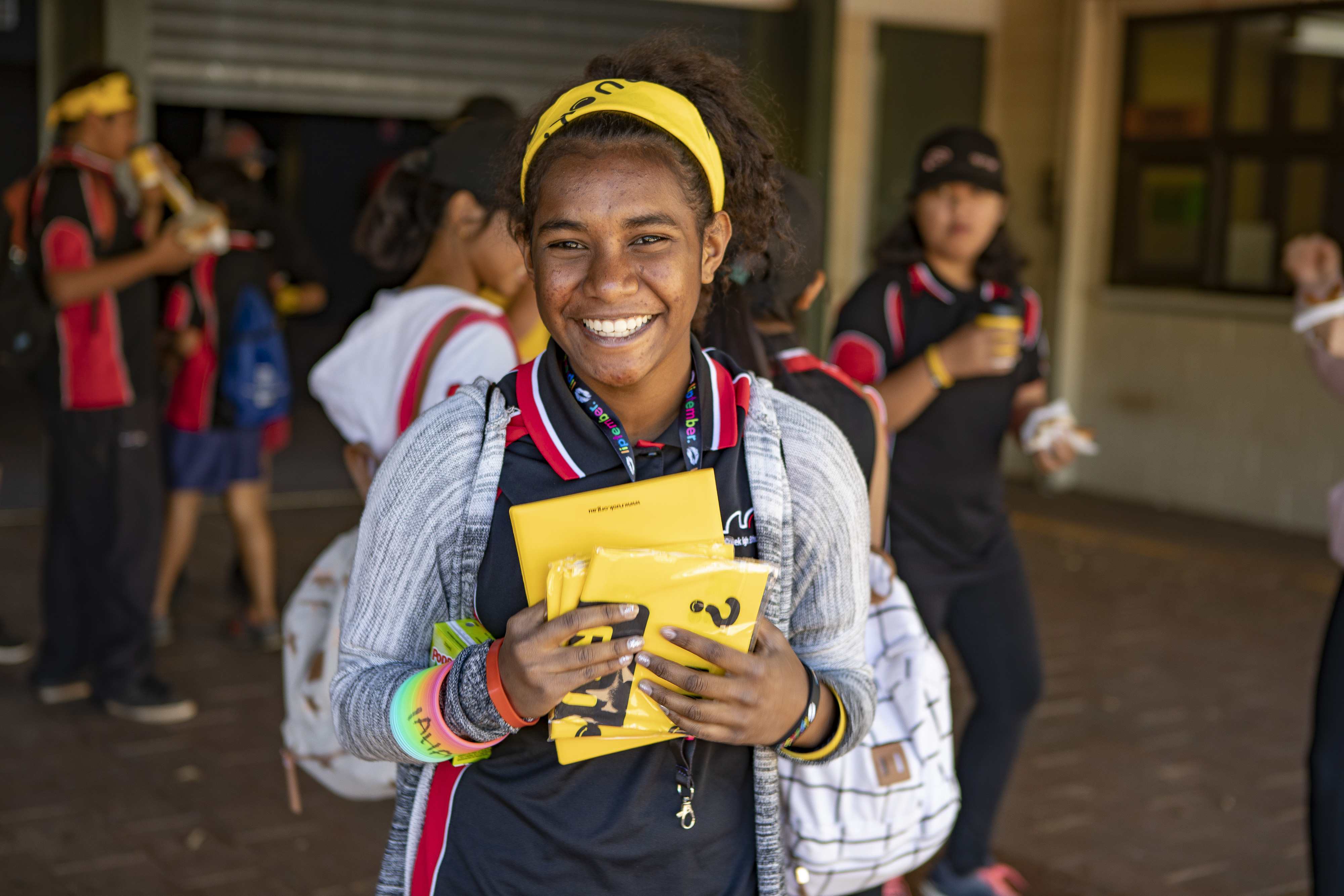
Grassroots action
In response to the sharp rise in First Nations suicides, R U OK? launched Stronger Together in March. It’s a campaign that encourages conversations within Aboriginal and Torres Strait Islander communities that proactively address the needs of individuals who are struggling.
While Georgatos is now leading the National Critical Response Trauma Recovery Project, which has a focus on prevention. He said over the years he’d been working at the Indigenous response service, they’d never lost another member from any of the hundreds of families they’d responded to.
“When a First Nations family living below the poverty line loses someone, then they’re at risk of losing a second, third or fourth person within the next couple of years,” he concluded. “They’re at high risk of losing a loved one, particularly a child.”


